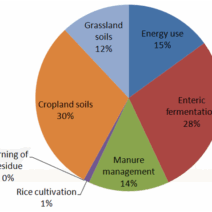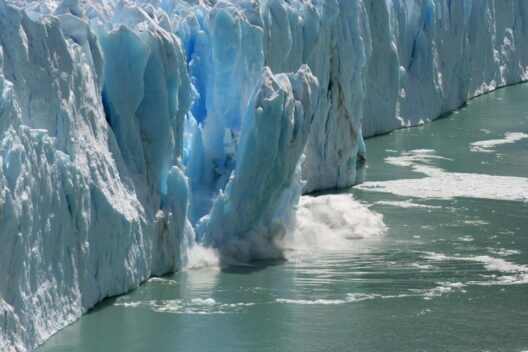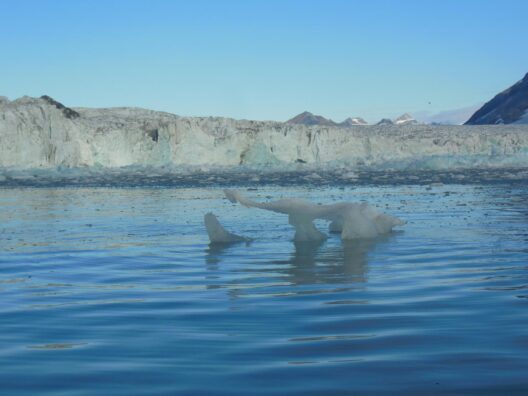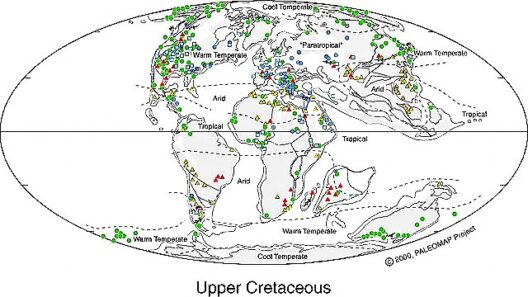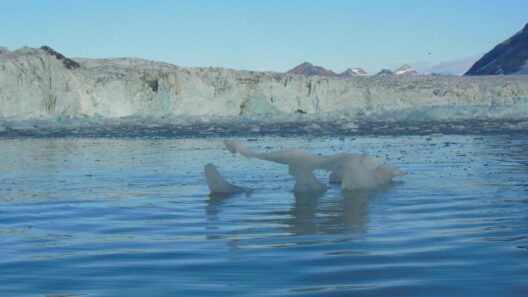Massachusetts, a state steeped in history and diversity, presents a climate that encapsulates a myriad of atmospheric phenomena, from the chilly breezes of coastal shores to the frigid gusts sweeping across the rugged landscapes of the interior. Many residents and visitors often ponder the character of Massachusetts weather, particularly the nuances of its climate across different seasons. While the picturesque seasons provide much visual splendor, the observations of frequent storms, especially nor’easters, captivate a deeper curiosity about this state’s climatic personality.
At first glance, Massachusetts experiences a typical eastern United States climate characterized by a humid continental climate. This classification translates to four distinct seasons: cold winters, warm summers, and transitional phases marked by spring and fall. Each of these seasons contributes to the overall climate narrative of the state, offering an intricate tapestry of weather patterns and atmospheric conditions.
During the winter months, which generally span from December through February, temperatures can plummet, often dipping below freezing. Coastal areas experience milder conditions due to the moderating effects of the Atlantic Ocean, while regions further inland endure more severe cold. Snowfall is a common occurrence, often accumulating in substantial quantities, especially during nor’easter storms. These winter storms are notorious for producing heavy snow, strong winds, and the potential for coastal flooding, creating an awe-inspiring yet treacherous spectacle.
But what truly fascinates many is how these nor’easters—powerful storms fueled by a combination of factors—are born and their propensity for dramatic impact. These storms typically take shape when warm air from the Gulf of Mexico interacts with cold Arctic air, leading to extreme weather conditions. The convergence of these air masses, especially when coupled with the geography of Massachusetts’ coastal profile, engenders a dramatic winter narrative that often rivets the attention of meteorologists and local residents alike.
As winter gives way to spring, the transformation in Massachusetts is palpable. The thawing of snow and melting of ice unveil the dormant landscapes that had been concealed under winter’s blanket. Spring brings a pleasant relief, with temperatures gradually rising and the air infused with the fragrance of blooming flora. However, this season is not devoid of its own climatic drama. Spring thunderstorms can be intense, often a precursor to the warmer months. These storms arise when the increasingly warm air clashes with residual cold masses, creating a volatile atmosphere. Observations of this transitional phase reveal a dynamic character, as nature recalibrates itself after the harsh rigor of winter.
Summer ushers in a different flavor to the Massachusetts climate. Generally marked by temperature highs, this season can experience humidity levels that can be overwhelmingly oppressive. Coastal communities often find refuge in the cooling effects of sea breezes, while interior regions, particularly those further from the calming waters, can feel sweltering. The interplay between humidity and heat gives rise to thunderstorms, particularly in late summer when atmospheric instability is at its peak. The rhythmic pulse of thunder and the occasional flash of lightning paint the summer sky with nature’s own brush, while cooler nights provide a welcome respite.
As summer wanes, fall emerges, showcasing some of the most breathtaking scenery in the northeastern United States. The vibrant hues of autumn foliage draw countless visitors, their admiration deepening as they observe nature’s quiet farewell to warmth. The climate during this season begins to cool significantly, leading to crisp days and chilly nights. Importantly, fall also serves as a harbinger of the impending winter’s return. These changing temperatures create a unique opportunity for meteorological phenomena. The mixing of warm and cold air can lead to sudden temperature drops, unexpected frost, or the early arrival of snowflakes.
The geographical diversity of Massachusetts further enriches its climate. From the mountainous regions in the west to the flat, coastal plains in the east, local microclimates can significantly influence weather experiences. The Berkshires, for instance, with their higher elevations, often have snow cover long after other areas have melted, while coastal cities enjoy milder conditions year-round. This spatial variation contributes to a broader understanding of what constitutes the climate in Massachusetts, a mosaic that reflects the interactions between topography and meteorological factors.
Moreover, human activities and the evolution of climate change are increasingly inserting themselves into the narrative of Massachusetts’ climate. Rising temperatures and changes in precipitation patterns have been noted in recent years. These shifts raise questions about the longevity of traditional climate patterns and their impact on local ecosystems. The implications reached beyond mere discomfort; they influence agriculture, wildlife behavior, and even water resources. Understanding this evolving climate landscape becomes crucial as residents and policymakers navigate the complexities brought forth by these shifts.
Ultimately, the climate in Massachusetts is a symphony of seasonal contrasts that captivates with its beauty and challenges with its extremes. The interplay of various climatic influences, combined with the drama of nor’easters and the subtle nuances of seasonal transitions, forms a unique environmental narrative. Through observing these patterns, one begins to appreciate the intricate relationship between geography and climate, alongside the broader reflections of climate change. This state’s weather serves as a poignant reminder of nature’s capabilities, rendering each season a compelling chapter in the ongoing story of Massachusetts. Addressing these elements in awareness promotes a deeper understanding of our environment and the personal responsibility to cherish and sustain it for future generations.

